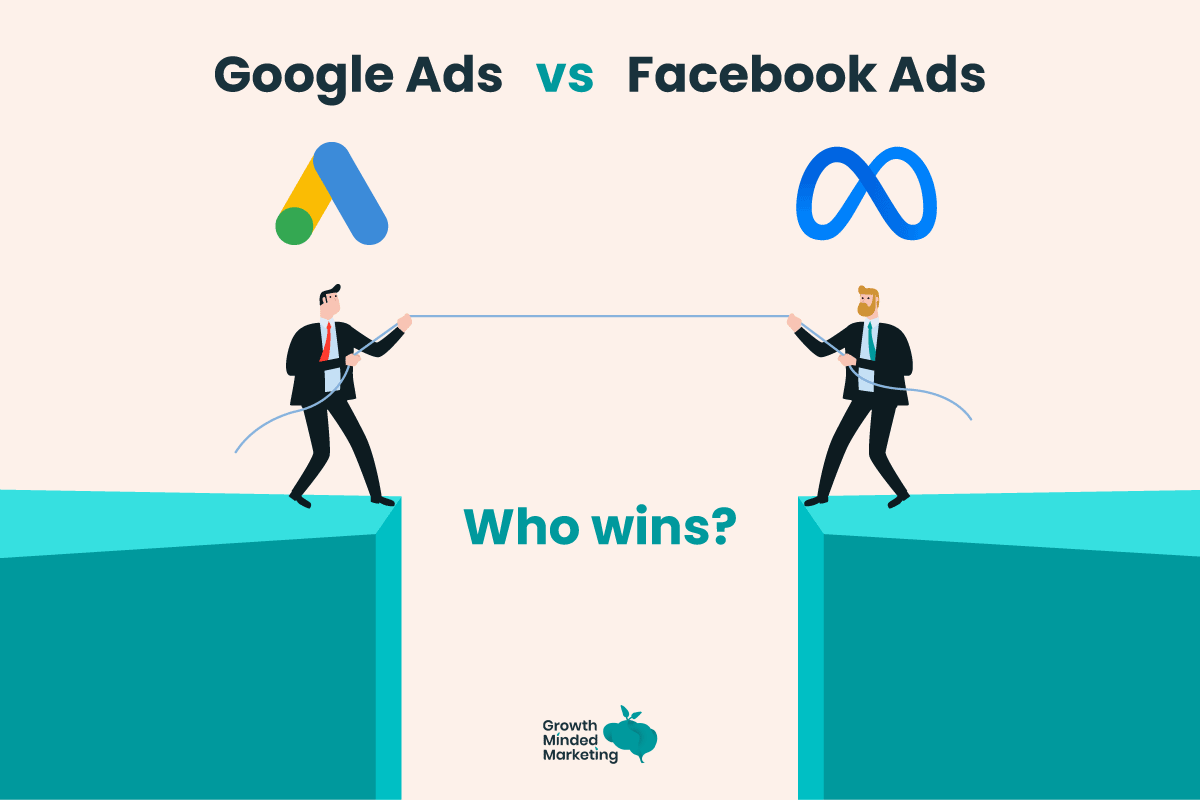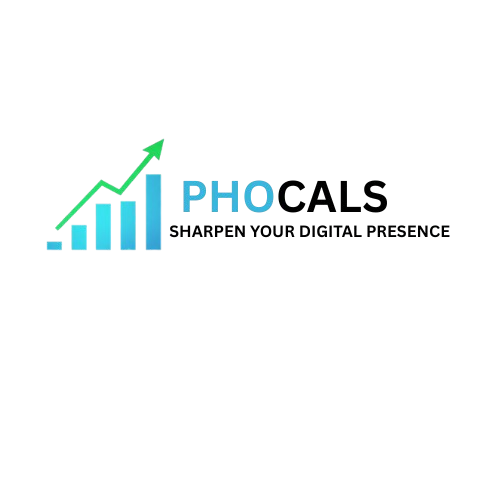
In the digital marketing world, paid advertising is one of the most powerful ways to reach your target audience quickly and effectively. Two of the biggest advertising platforms available today are Google Ads and Facebook Ads. Both offer robust solutions to drive traffic, generate leads, and boost sales—but choosing the right one for your business depends on your goals, audience, budget, and strategy.
If you’re unsure which platform suits your needs best, this comprehensive guide will help you understand the differences, advantages, and use cases of each, empowering you to make an informed decision.
Understanding Google Ads vs. Facebook Ads
Google Ads
Google Ads primarily operates on a search intent model. It displays ads to users actively searching for products, services, or information on Google’s search engine or partner websites.
Key Features:
- Text ads in search results.
- Display ads across Google’s Display Network.
- YouTube video ads.
- Shopping ads for e-commerce.
Facebook Ads
Facebook Ads focus on audience targeting based on demographics, interests, behaviour, and online activity. Ads are displayed across Facebook, Instagram, Messenger, and Facebook Audience Network.
Key Features:
- Image and video ads.
- Carousel and slideshow formats.
- Lead generation forms.
- Remarketing capabilities.
Goal-Oriented Approach: What Are You Trying to Achieve?
1. Brand Awareness
If your goal is to build brand awareness among a broad audience, Facebook Ads generally perform better. The platform offers detailed targeting options that allow you to reach specific demographic groups, interests, and behaviors. The visual and engaging nature of Facebook Ads (images, videos, carousels) makes them perfect for storytelling and brand messaging.
2. Direct Conversions (Sales, Leads)
For direct conversions where the user already has intent, Google Ads is more effective. People searching on Google are actively looking for solutions, products, or services, which means they are more likely to convert. Google’s Search Ads deliver your ad at the exact moment someone searches for a relevant keyword, driving highly qualified traffic.
3. Local Business Marketing
For local businesses such as restaurants, salons, or repair services, Google Ads is highly effective due to local search intent (“near me” searches). However, combining this with Facebook Ads can strengthen your local presence through community targeting and visual brand stories.
Audience Targeting: Intent vs. Interest

- Google Ads: Targets users based on the keywords they type into the search bar. This makes it ideal for capturing demand and meeting immediate needs.
- Facebook Ads: Targets users based on interests, behaviours, demographics, and even recent life events (e.g., getting engaged, new parents). This makes Facebook excellent for creating demand by introducing products or services to people who didn’t know they needed them.
Budget Considerations
- Google Ads typically works on a pay-per-click (PPC) model, meaning you pay only when someone clicks your ad. Depending on the industry and competition, CPC (Cost Per Click) can be high, especially in competitive niches like finance or law.
- Facebook Ads often offer a lower CPC compared to Google Ads, especially when the objective is brand awareness or engagement. Additionally, Facebook provides flexible bidding strategies (cost per impression, cost per conversion), making it accessible for small businesses with limited budgets.

Measuring Success: Analytics and KPIs
Both platforms offer robust analytics tools:
- Google Ads: Integrates well with Google Analytics and provides detailed insights into impressions, clicks, conversions, cost per click (CPC), and quality score.
- Facebook Ads Manager: Provides deep insights into audience engagement, reach, clicks, video views, and conversion tracking via the Facebook Pixel.
For ROI-driven campaigns, Google Ads often provides more immediate results due to high intent. For brand-building campaigns, Facebook Ads delivers better long-term engagement metrics.
Remarketing Opportunities
Both platforms offer remarketing, but with different strengths:
- Google Ads Remarketing: Displays ads to people who have visited your site while they browse other websites in the Google Display Network.
- Facebook Remarketing: Allows highly personalized ads targeting users who have interacted with your brand on Facebook, Instagram, or your website (via Facebook Pixel).
Remarketing works exceptionally well when combining both platforms to stay visible throughout the customer journey.
When to Use Both: The Best of Both Worlds
For many businesses, combining Google Ads and Facebook Ads creates a powerful strategy. Here’s a common approach:
- Use Google Ads to capture active searchers ready to convert.
- Use Facebook Ads to build brand awareness and nurture prospects who aren’t yet searching.
- Implement remarketing campaigns on both platforms to re-engage visitors who didn’t convert initially.
This multi-channel approach helps cover the entire sales funnel—from awareness to consideration to conversion.
Conclusion: Which Should You Choose?
- Choose Google Ads if you want to capture demand and drive immediate traffic from people actively searching for your products or services.
- Choose Facebook Ads if your goal is to build brand awareness, engage audiences visually, and target users based on demographics and interests.
- Consider a hybrid approach to maximize reach, impact, and conversions by combining the intent-driven power of Google with the highly targeted, visual storytelling of Facebook.
Ultimately, the right choice depends on your business goals, budget, and audience. By understanding the unique strengths of each platform, you can craft a smarter digital marketing strategy that delivers measurable results.

